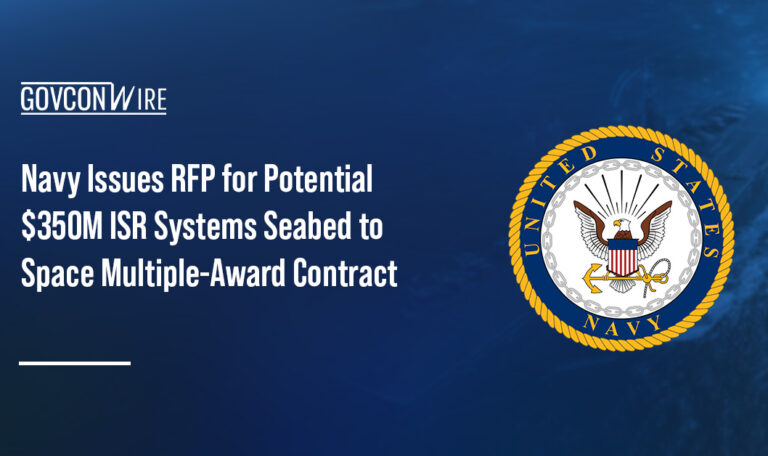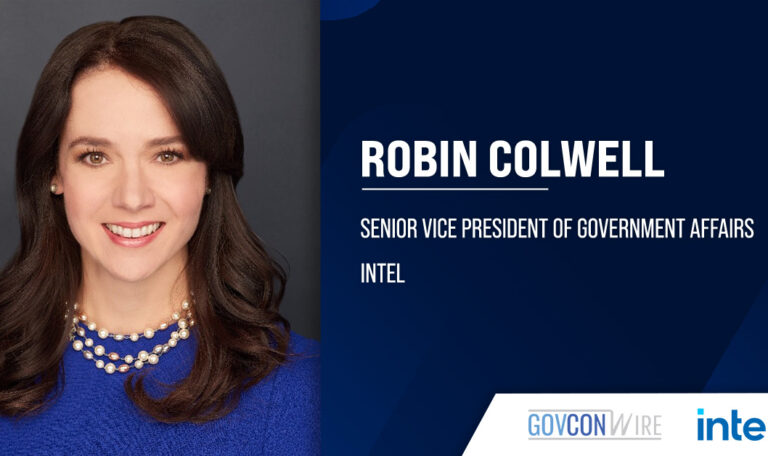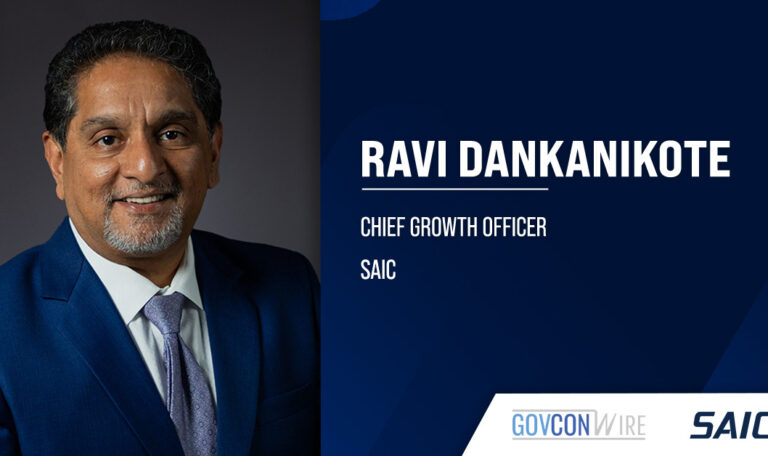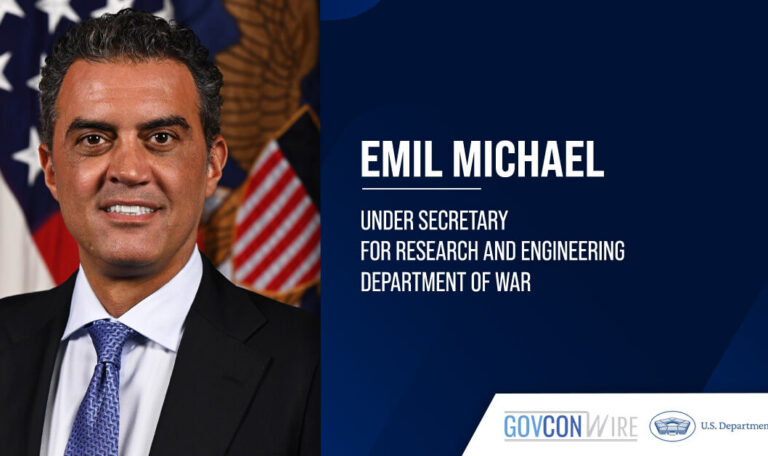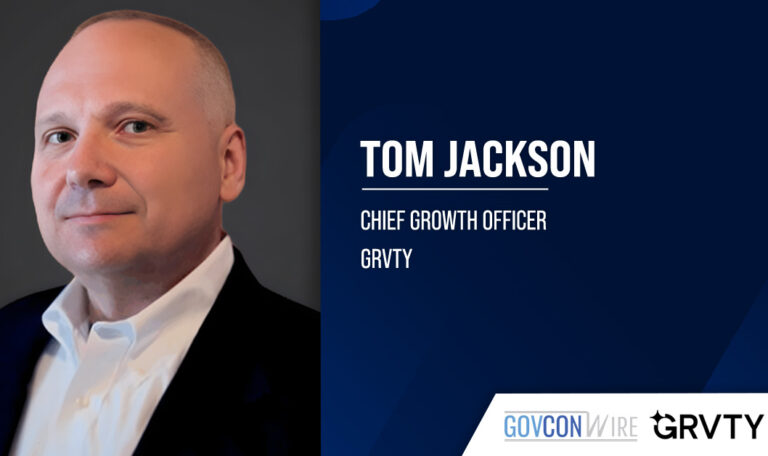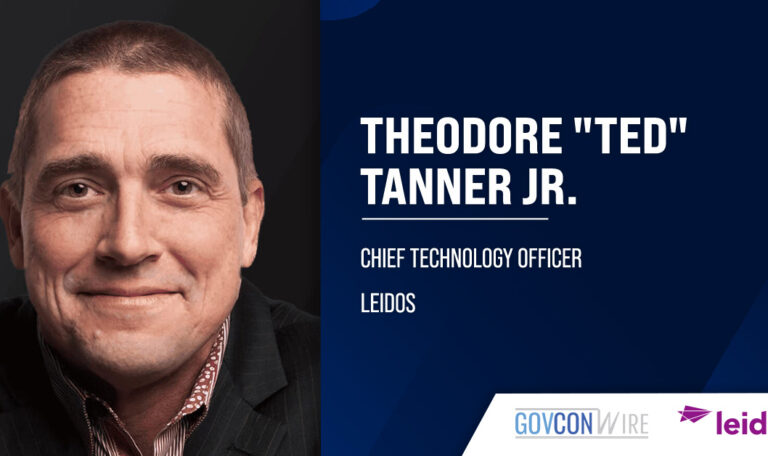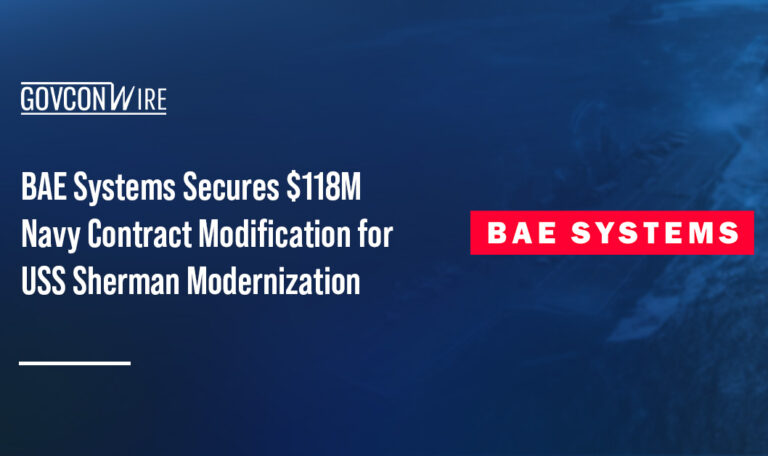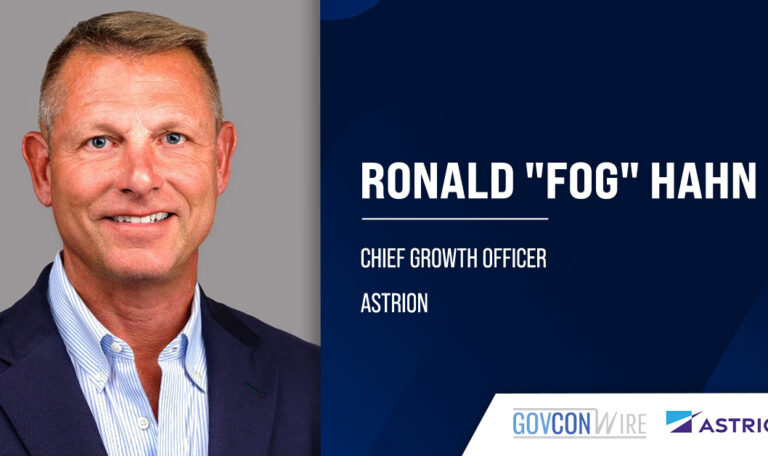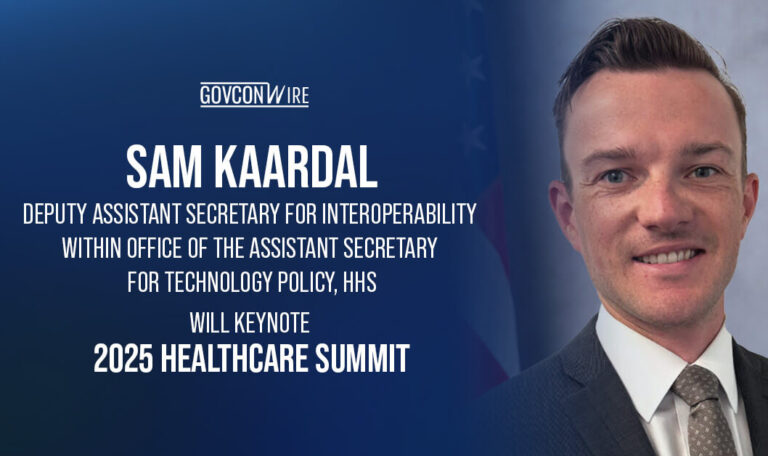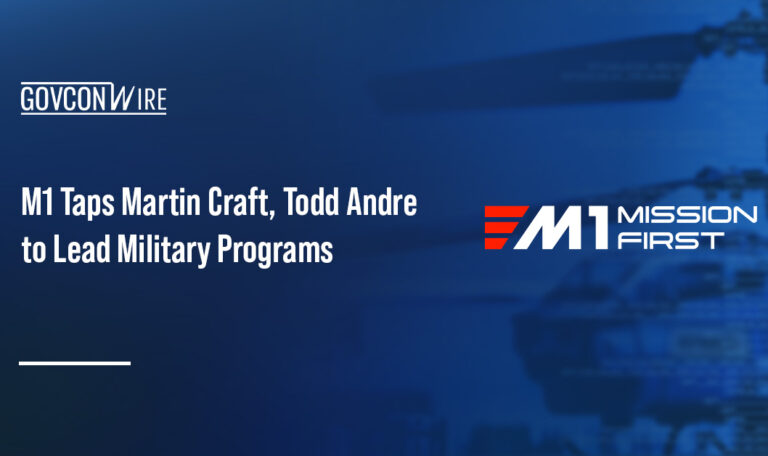Over the past decade, the battlefield has expanded in both range and depth as the U.S., its allies and its adversaries race to perfect the application of emerging technologies to harness their benefits and gain an advantage in the modern warfighting landscape.
According to expert panelists, who participated in a discussion during the Potomac Officers Club’s Securing Tomorrow’s Future: The Urgency of Persistent Modernization Forum, maintaining technical superiority over adversaries requires broadening relationships with industry and allies, whose insights and offerings can help answer the call for new capabilities.
“We are in a state of persistent contact – there is no safe space on the battlefield. Technology has not necessarily changed warfighting in itself, but it has definitely changed how we approach battle,” said Col. Christopher Hill, project manager for the U.S. Army’s Integrated Fires Mission Command Project Office.
“We have to be at the forefront of how we adapt – how we invest in development integration and new technologies in order to maintain our capabilities and our advantage,” he added.
For the U.S. to uphold its competitive edge, Matthew Sipe, aviation program executive officer and Army aviation chief engineer at the Modular Open Systems Approach Transformation Office, said that the nation must consider the specific requirements needed to further technological modernization, which is a conversation where the private sector is important.
“Quite frankly, I do not think we spend enough time looking at the industrial base and understanding what is really there, especially in light of the future,” he said.
Hill added that fully embracing these ideas requires a “paradigm shift” in how U.S. forces fundamentally operate.
Brig. Gen. Frank Lozano, program executive officer for the Army’s Program Executive Office Missiles and Space, said that the Army has begun prioritizing experimentation during the beginning stages of technological development and is currently using this approach in multiple rapid prototyping initiatives.
By moving experimentation further to the left and bringing acquisitions in during the earlier developmental stages, ideas can be shared openly and transparently between government and industry throughout the process, Lozano said.
Collaborative relationships must also transcend the borders between the U.S. and its allied partners, according to Rosemary Gauci, minister counsellor of defence materiel for the Embassy of Australia.
“It is about making sure that we are seamlessly integrating and operating as an allied coalition force,” she stated.
Lozano said that the U.S. has recently become more aware of the benefits of working as a member of an allied team.
“We are realizing now that there is just not enough capacity within our fighting force to do everything that we need to do. Fighting not only from a joint perspective, but from a coalition partner and allies perspective, is extremely critical,” he emphasized.
To strengthen international alliances, Gauci said that partner nations, such as Australia, must also expand their own relationships with private sector organizations.
Working more closely with industry, she said, helps to ensure that Australia will have the technologies needed to deliver important capabilities to the battlefield alongside its allies.
Sipe said that despite the widespread recognition of the pressing need for increased cooperation, change is similar to a “rigid boat” that can be difficult to move.
“We have to recognize that change takes time and be willing to look at what things can help the boat move more quickly,” he stressed.




